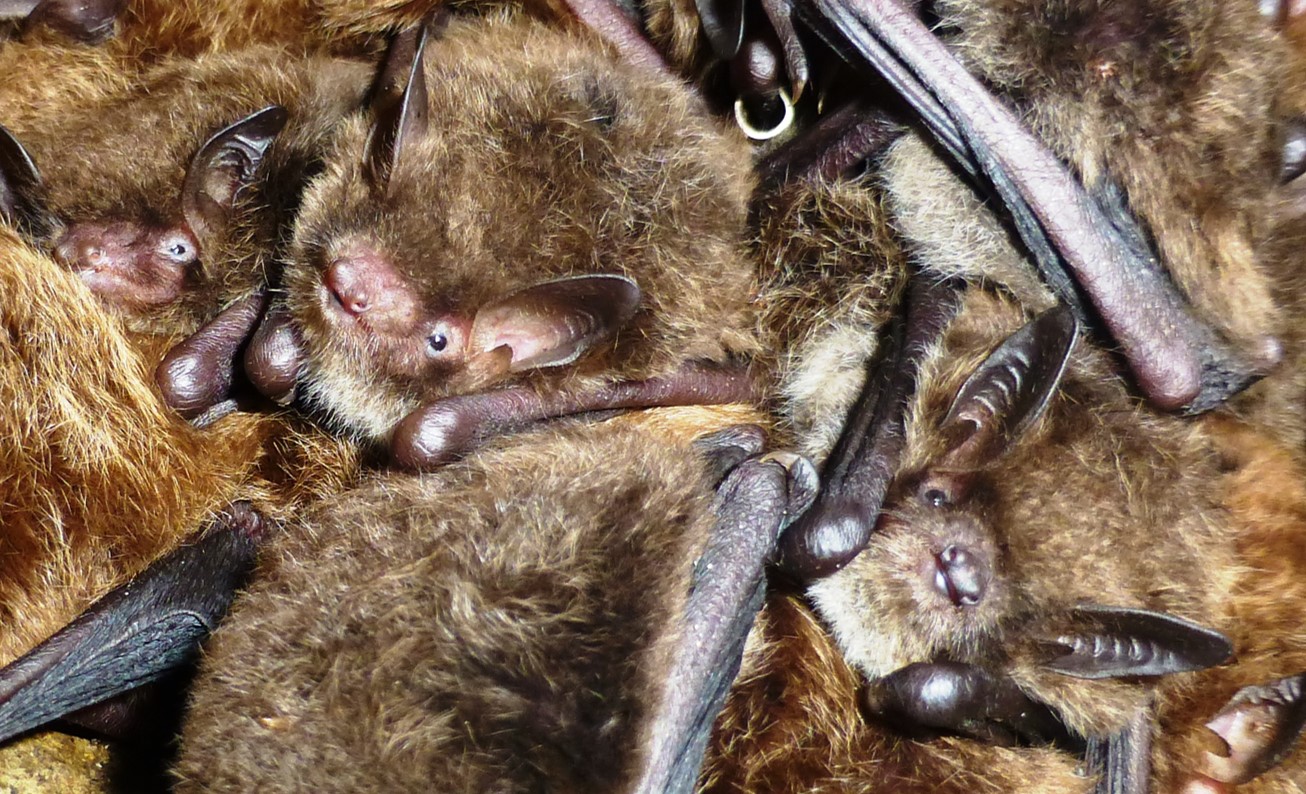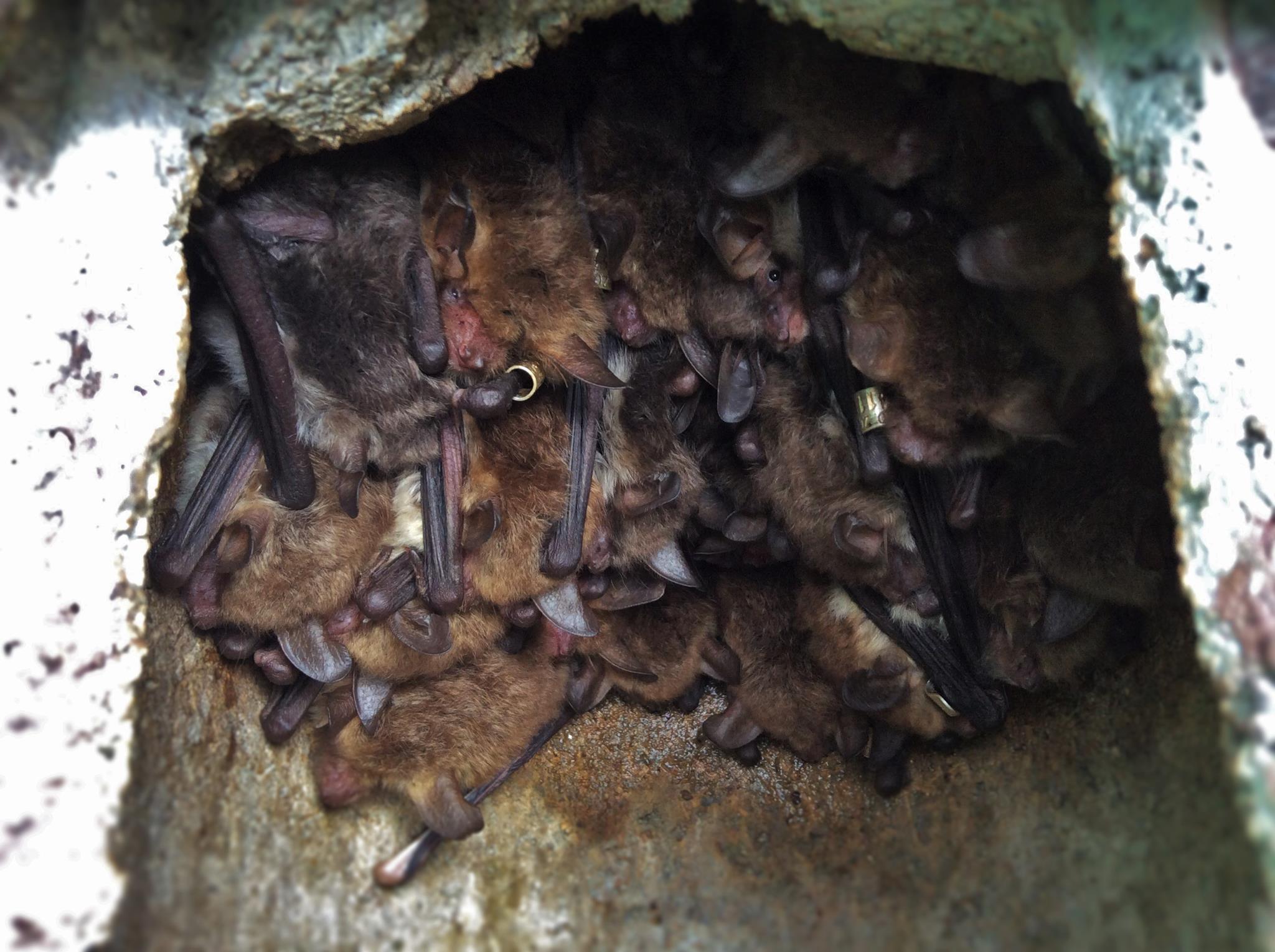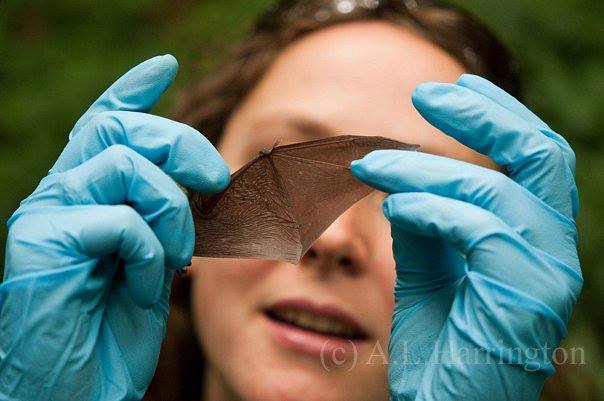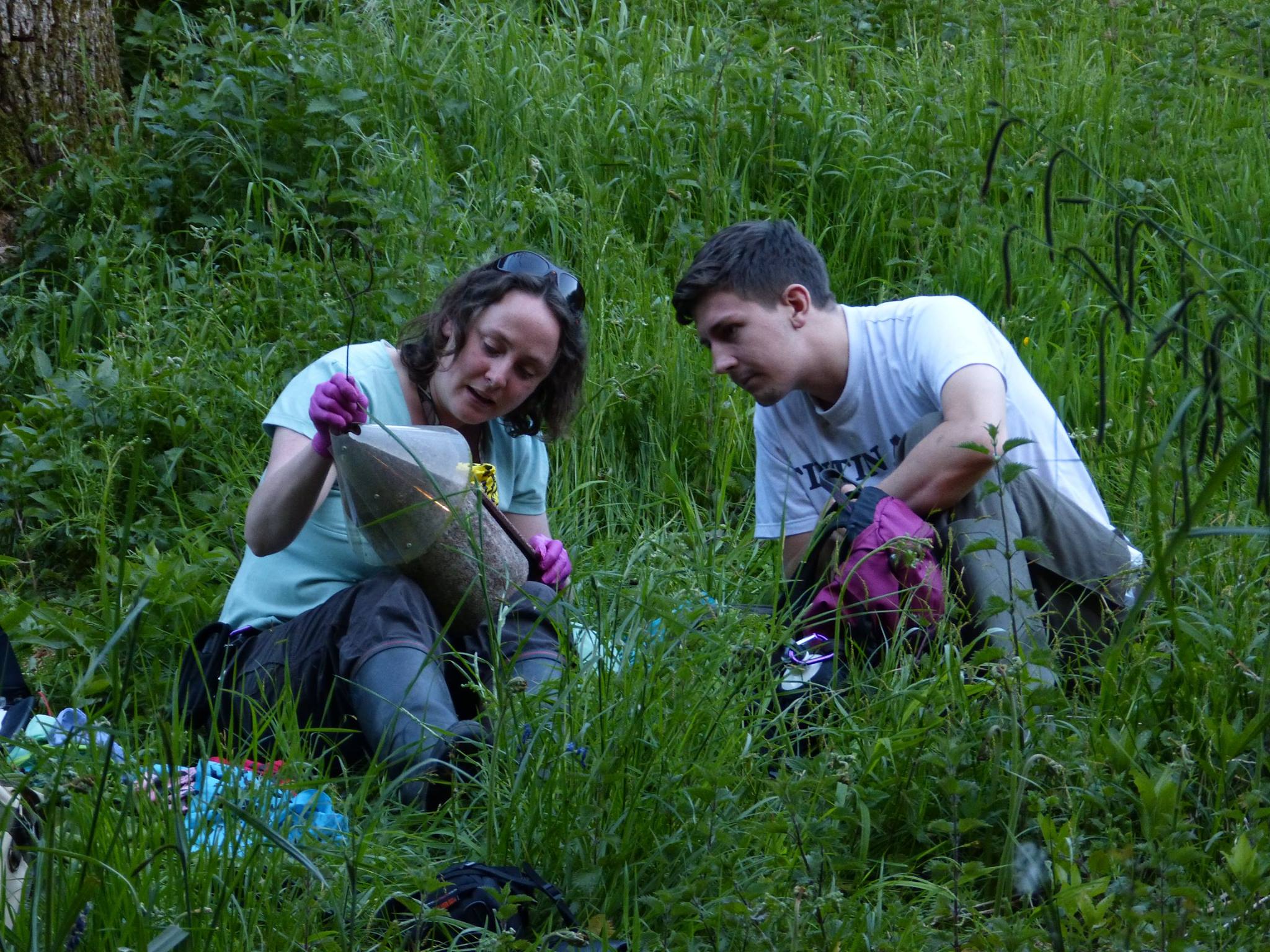News
Batty trade-offs between survival and reproduction
There’s no such thing as a free lunch which, as David Macdonald reports, is a punishing truth for mammals, and especially for small ones. Survival and reproduction are worthy goals in the evolutionary race, but both require energy, and in deference to the laws of physics, the smaller you are, the greater the handicap of heavy fuel-consumption in that race. That’s why the WildCRU, blessed with a 12 year data set thanks to the extraordinary efforts of Dr Dani Linton, thought to ask two species of bat, both resident in Wytham Woods, how they dealt with their fuel bills. Their answers are published in Journal of Animal Ecology.
The idea of living fast sounds appealing until you consider the flip side of dying young. There are choices to be made and in principle, there is inevitably a trade-off between the present and the future: the investment of energy into current reproduction can reduce chances of survival and / or the success of future reproduction. Such costs of reproduction are often more pronounced in immature animals that are relatively inexperienced in acquiring resources, and so sometimes they opt to delay reproduction if they have the luxury of a potentially long lifespan. That thought makes bats, at least the micro variety, particularly interesting – to appreciate why, remember five batty facts:
• They are the only mammals to master active flight
• They have a surprisingly long lifespan for their size: other mammals of similar size usually live only a few years, while bats can live up to 30 years
• They usually produce only a single young each season (like large mammals, but out of character for tiddly ones).
• They have high metabolic rates and largely rely on constant food intake to sustain pregnancy and lactation (which they have in common with other small mammals). This so-called income breeding is necessitated by the requirements of flight.
• Bats of temperate zones hibernate, spending winter with their metabolisms barely ticking over (hopefully avoiding burning out over winter).
Adding up these facts might prompt you to expect micro-bats to favour survival over reproduction (indeed, being income breeders and hibernators, you might guess they’d seek to avoid entering hibernation with perilously depleted fat reserves invested unparsimoniously in reproduction, and you might also guess they’d be influenced by a trade-off between growth and reproduction, getting the one finished before launching into the other).
With these thoughts in mind, and blessed with the data base that Dani has assembled, we selected two closely related bat species, Daubenton’s and Natterer’s bats. Populations of both inhabit Wytham Woods where we already established that females of both species form maternity colonies in cavities, where they roost with their offspring (one per female). In Wytham Woods, many of these ‘cavities’ are nest boxes, available courtesy of the Edward Grey Institute’s famously insightful provision of homes for great tits, which has the marvellous consequence of enabling us to capture and mark boxfuls of bats. Now, to the untrained eye, Daubenton’s and Natterer’s look pretty similar, and you might expect they’d come up with similar solutions to the fundamental problem of how to balance their energetic books.
WildCRU’s Antica Culina, with help from Roger Pradel, constructed a statistical framework that describes the females’ life-cycle (recruitment into the breeding population, pregnancy, lactation, skipping a breeding season), and inventively accounts for issues with detection of bats. As we strove to shape our conclusions in terms of life history trade-offs Sandra Bouwhuis joined the team.
Our findings have relevance, not just for bat specialists or aficionados of Daubenton’s and Natterer’s, but to theoreticians of life history evolution. Although their natural histories were seemingly similar, and they were in the same place at the same time, the expectation that these two species would show similar patterns of trade-offs and age-related reproduction was turned on its head. They showed very different patterns. Daubenton’s females turned out to have a strategy that involved almost all females conceiving in their first year, although during that first shot at reproduction their breeding success was very low. Furthermore, for Daubenton’s we found that reproduction comes at a cost to survival: females that are pregnant or lactating survive less well than females that skip breeding. First time breeders suffer an additional cost of lactation, as evidenced by their survival being 33% lower than that of failed breeders (who incurred the costs of pregnancy but not of rearing the young). Daubenton’s females show no reduction in future reproduction due to current reproduction.
In contrast, Natterer’s females adopt a more conservative strategy. Far from a rush to conceive in their first year, most delay breeding, sometimes for as long as four years, and with that delay comes a much greater probability of successful pregnancy. In addition, researchers found that for female Natterer’s neither pregnancy nor lactation lead to reduced survival; revealingly, breeders survive even better than females that skipped a breeding season. Interestingly, however, a potential cost of reproduction was detected amongst experienced females: those that lactate in one season have slightly reduced chances of successful pregnancy in the next season. Thus, if there are costs of reproduction in this species, the emerging evidence is that they are incurred on future reproduction.
Life history theorists and field ecologists alike will be intrigued as to why these two closely related bat species, with superficially similar lifestyles, turn out to have such remarkable differences in the expression of survival-reproduction trade-offs? While Daubenton’s seem to show patterns expected for short-lived, income breeders, Natterers behave as long-lived, capital breeders. Driven by these revelations, our next goal is to dig deeper into proximate (e.g. behavioural, hormonal) and ultimate (evolutionary) causes of these unexpected and revealing differences.
-
 © Denise Foster
© Denise Foster -
 © Rose-Ann Movsovic
© Rose-Ann Movsovic -
 © Andrew Harrington
© Andrew Harrington -
 © Keith Cohen
© Keith Cohen





